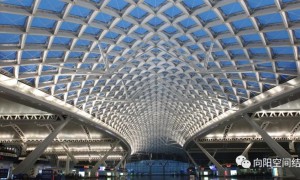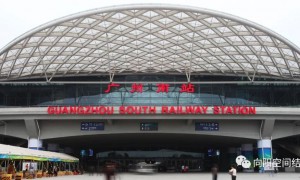钢结构工程研究与实践
新加坡国立大学土木与环境工程系教授
视频
Ninth International Conference on Advances in Steel Structures (ICASS’2018)
5-7 December 2018 – Hong Kong, China
INNOVATION IN MODULAR BUILDING CONSTRUCTION
模块化建筑结构的创新
J Y Richard Liew
Department of Civil and Environmental Engineering National University of Singapore
新加坡国立大学土木及环境工程学系
Abstract摘要:
The Building industry in Singapore has been adopting a new technology for building construction called Prefabricated Prefinished Volumetric Construction (PPVC) which has gained popularity due to its numerous advantages such as fast track, better quality finishes, reduction in work force and construction waste, etc. PPVC technology promotes off-site manufacturing of modular units and on-site assembly, improving the construction efficiency and productivity. However, for high-rise buildings, the joints’ flexibility and construction sequence have significant impact on the overall stability of the building. This paper highlights the existing problems of modular construction of high-rise buildings and provide practical solutions to address these problems. Firstly, the weight of a module is constrained by the transportation and lifting crane capacities. For this reason, steel and lightweight concrete composite system is introduced to reduce the weight of the module without compromising the strength and stiffness. Secondly, to speed up the site assembly of modular units, special joints are developed to resist the forces due to gravity and horizontal loads. Fast and easy joining techniques with acceptable tolerance control are essential to ensure the structural integrity and stability of the building. Finally, the innovation for productivity can be maximized by implementing automation technologies in the manufacturing and construction of the modular units.
新加坡的建筑行业一直在采用一种新的建筑技术,称为预制预制体施工(PPVC),由于其众多的优点,如快速的轨道,更好的质量完成,减少劳动力和建筑垃圾等,已经获得了流行。PPVC技术促进了模块化单元的非现场制造和现场装配,提高了施工效率和生产力。然而,对于高层建筑来说,节点的柔性和施工顺序对建筑的整体稳定性有着重要的影响。本文着重分析了高层建筑模块化施工中存在的问题,并针对这些问题提出了切实可行的解决方案。首先,模块的重量受到运输和起重能力的限制。为此,引入了钢与轻质混凝土复合系统,在不影响模块强度和刚度的前提下减轻了模块的重量。其次,为了加快模块化单元的现场组装,开发了特殊的关节来抵抗重力和水平载荷的力量。快速简单的连接技术和可接受的公差控制是必不可少的,以确保结构的完整性和稳定性的建设。最后,通过在模块化单元的制造和建造中实施自动化技术,可以最大限度地提高生产率。
Keywords: Composite design; DfMA; Fast Joint; High-rise building; Lightweight concrete; Modular construction,
关键词:组合设计;DfMA;快速接头;高层建筑;轻质混凝土;模块化建设,








